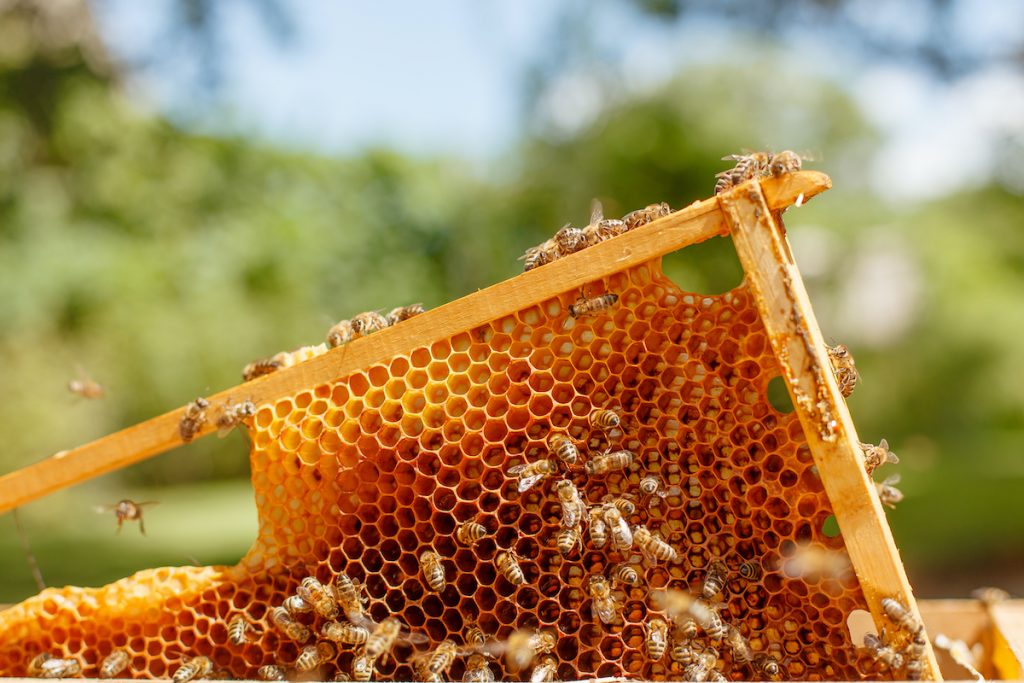Beekeeping isn’t just a hobby; it can also serve as a potential business. While starting your first hives can be daunting, you’ll soon find out that a little sting here and there won’t matter if the honey is bringing in the money.
Your First Hive
Bees need a safe and conducive environment to make honey. Artificial hives are essential to every beekeeper and these wooden contraptions are made specifically to ease the gathering of honey. You can build your own hives if you have certain specifications — but it’s always better to start with beekeeping kits from Beequip on your first foray. These kits allow easy access to the different parts of the hive — giving you an inside glimpse of the bustling bee society. You can watch worker bees as they go about their jobs or check on the queen as she lays over a thousand eggs per day.
Of course, you should already have the necessary equipment to tend to your bees. Stings are unavoidable, but you can minimize their occurrence with safety equipment like veiled bee helmets, beekeeping suits, and safety gloves. Post warnings around your property about your hive and have a few antihistamine pills or EpiPens in case of nosy neighbors. You’ll soon find out that bees are very docile and that all your fears of being stung are unfounded.

Making Money with Honey
A healthy colony can produce up to 30 kilos of honey every year. A typical 8-ounce jar can hold 250 mg of honey and can go for $15-$20. A single hive can earn you around $2,000 a year. However, most beekeeping businesses start with 25 hives or more. Anything less than that and your income might fall short of the country’s average middle-class income. Of course, you can start with a small operation and just sell to friends and family.
Beekeeping doesn’t take much time, and a few hours each week should be enough to tend 3-4 hives. Once you get the knack, you can expand your beekeeping operations. Most commercial beekeepers maintain between 50-200 hives. You’ll need to spend $200-$300 on each hive (that includes the structure and bees), so it can be a sizable investment if you go big. Of course, you’ll also need someone to handle packaging and distribution — so make sure to expand your networks.
Potential Pitfalls
Several factors can threaten the health of your colony — and the biggest one is mites. Varroa mites are parasitic mites that feed on honeybees. They can cling unto bees and spread from colony to colony. The mites are also closely associated with colony collapse disorder (CCD). There are several treatment methods to protect or rid your colony of varroa mites — however, these mites can be hard to detect unless you do a thorough inspection of your bees.
Pesticides can also wreak havoc on your colony. While imploring your neighbors not to use pesticides might be impossible — getting their schedule or a heads up can give you enough time to keep your colony in lockdown. Fungal diseases are also significant threats to your bees. Certain measures can prevent fungal growth or the spread of spores — so get in touch with local beekeepers to know what to watch out for.
Beekeeping can be a lucrative business if you devote enough of your time and money into it. With the right contacts and a good business plan — you should be recouping your investment in just a year or two.


